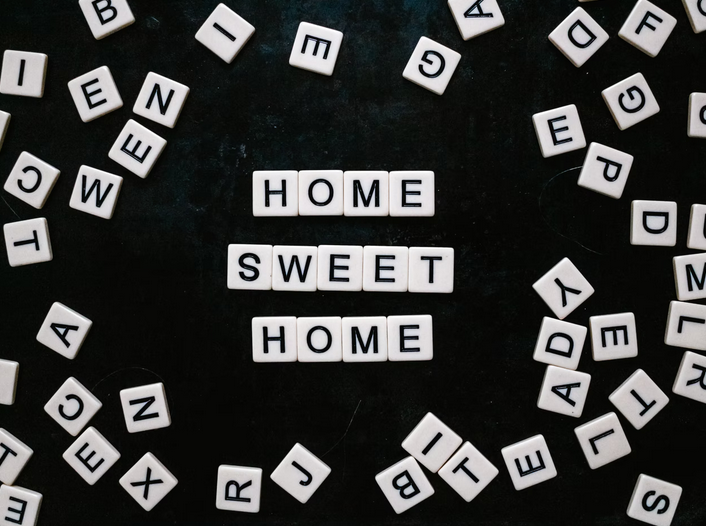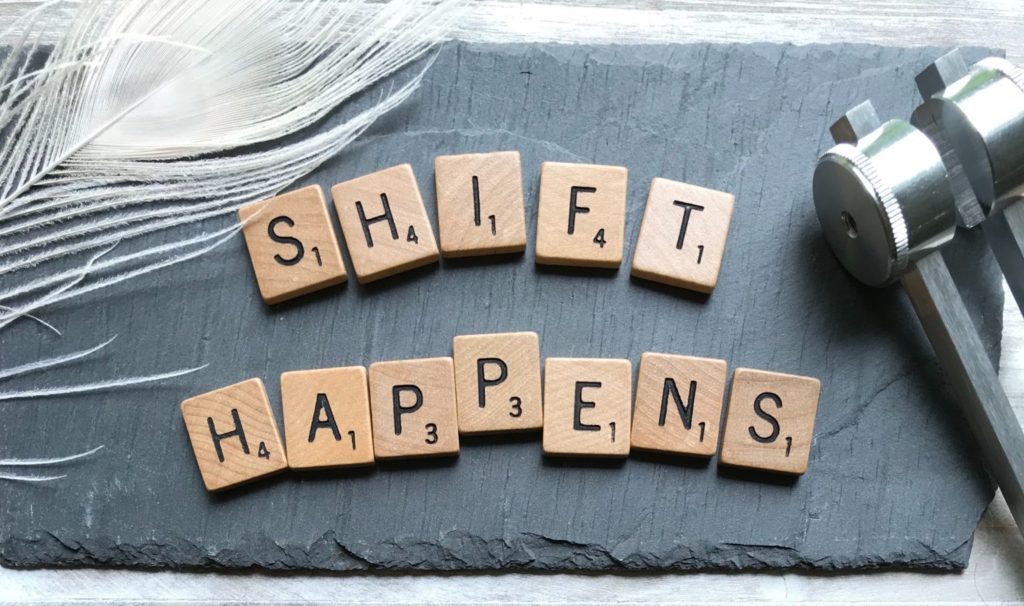You may find that you often struggle with unwanted thoughts or sensations which if left unresolved, may ultimately lead to having an anxiety experience, panic, or depression. Sometimes anxiety will come and go, and sometimes the anxiety is just too much to bear. Just because you feel something, it does not mean you need to act upon it. It can simply be a part of your experience and you can allow it to be there with you for the moment with the intention that you will let it go so you can regain focus and control.
When you start to get anxious, you may find you tend to either dismiss the thoughts, stuff them, or try to stop them or push them away. The best example that I can give to those who wish to push or suppress their unwanted thoughts away is depicted in the example of trying to push a beach ball underwater into the pool. No matter how hard you try to push that ball it will not go down and it keeps popping back up. And sometimes that “beach ball” of anxiety will pop up at random times and unexpectedly. When this happens, people begin to feel as if they do not have control of their mind or body. Even further it is easy to begin to think that you’re going crazy, that your world is in disarray, or the world has become hopeless.
When you begin to feel that your world has become hopeless, it becomes inevitably easier to fall into the trap of depression. No matter where you are with your experience with anxiety, whether you’ve had panic or anxiety your entire life, or if you’ve recently began experiencing anxiety, you can see rapid results with Unconscious Resilience Therapy™.
Unconscious Resilience Therapy™ combines a waking-hypnotic trance with a mindfulness-based parts therapy. Now I know that that sounds a bit confusing, and really you can see its profound effects when you’re in a therapy session, however, here are the three steps that you can take when using Unconscious Resilience Therapy™ that you can try them for yourself just to see if this allows you to experience even for just 30 seconds some distance from your anxiety.
Just Breathe – Step One
The first step is to breathe. Taking nice cleansing deep breath in and out and just noticing your body calming down with each breath that you take. You may begin to notice there are some parts of you that are a little bit harder to relax. With anxiety you may feel this in your stomach in your chest and throat. But you will just take notice where that sensation of anxiety lives in your body and once you completely focus on that area of your body that is experiencing the anxiety, you can feel safer as you become more curious about it.
What you really need for it to do is to just relax some. Breathing techniques allow your mind and your body to relax. Purposefully creating this space for relaxation has many health benefits for you. In addition, when your mind and body are relaxed, you are capable of making better decisions for yourself because you are focused instead of emotionally charged.
Gratitude – Second Step
The second step is to extend gratitude and acceptance for that part of you that has been trying to protect you the whole time, but has just been overworked. Let it know that it doesn’t have to work so hard right now. Acknowledge that although a part of you feels anxious about something, that there are also other parts of you that are helping you to feel safe and you would like to share some information with this anxious part to help it to relax more.
When you extend gratitude towards the unwanted thought, image, or sensation, it does not mean that you agree with it. You are simply allowing that to be a part of the experience. You are validating your natural response to things you experience in your world. Validating and extending gratitude are healthy ways of allowing those parts of you be acknowledged instead of shoved to the side where they lie dormant and destructive.
Grounding Yourself – Final Step
The third step is to use the 5-4-3-2-1 grounding method.
Five things that you can see.
Four things that you can touch.
Three things that you can hear.
Two things that you can smell.
And one thing that you can taste.
Essentially you are using a grounding technique that becomes evidence for this anxious part to relax. And once you have completely grounded yourself you can then ask that anxious part of you to just step to the side for a while so you can focus on the task that’s in front of you. You can imagine it floating away from you like balloons, or floating downstream in a leaf. This imagery is important in the letting go process.
A URT coach can help you with these skills if you find it is difficult for you to do them on your own. I highly recommend that you speak with a therapist or coach who is trained in Unconscious Resilience Therapy™ to better guide you in this technique so that you can begin using it on your own. It is one thing to read it, but to experience the full impact of URT is a life-changing event!
URT is also beneficial for other issues such as pain, depression, worry, and more. So, this article is scratching the surface. These techniques can also be taught to children and teens as well.




